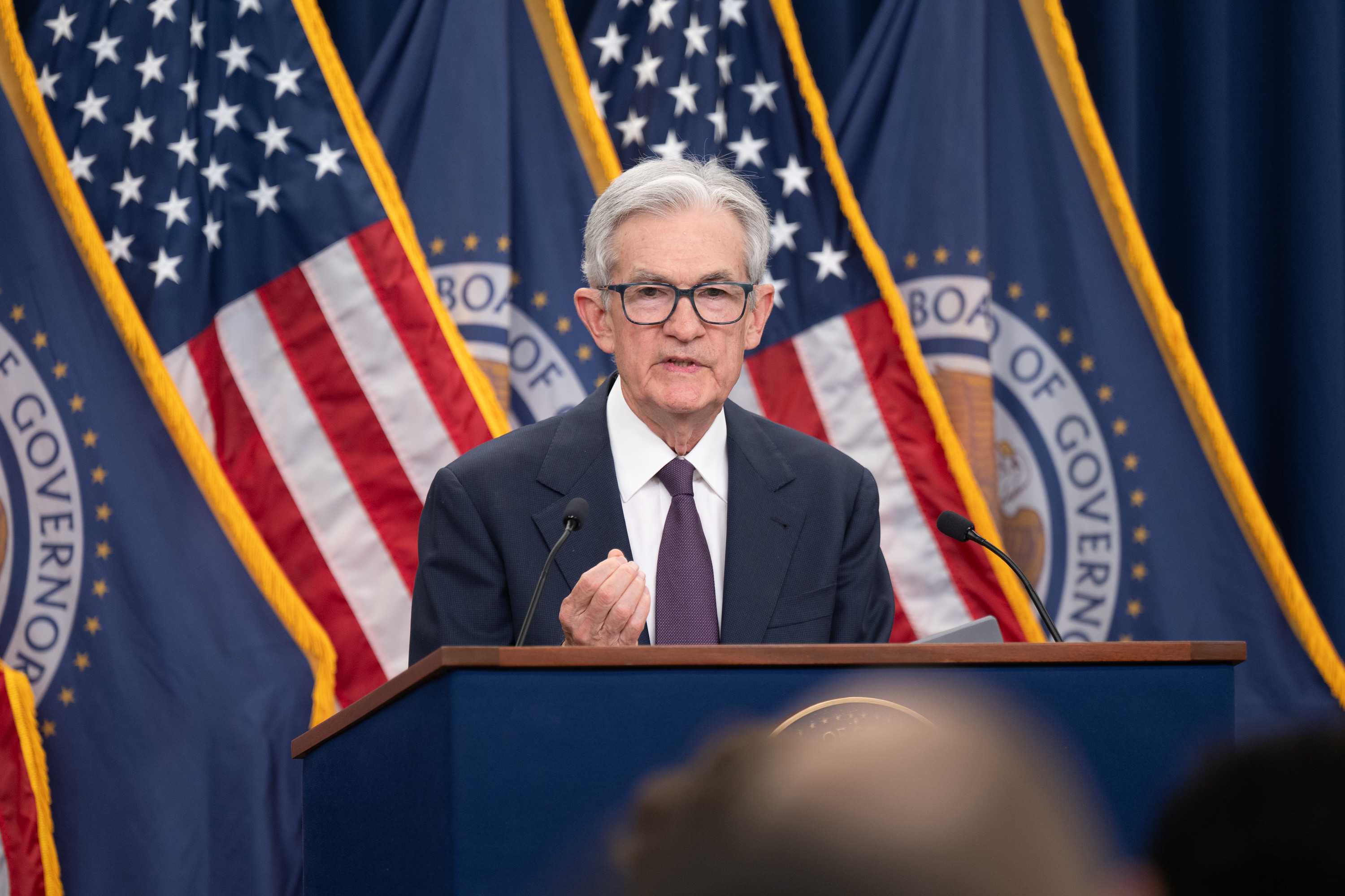The S&P 500 (^GSPC +0.32%) includes 500 stocks from throughout the U.S. economy, covering every sector of the market. When you invest in SPDR S&P 500 (SPY +0.37%) or most other index ETFs or mutual funds, you get exposure to every single one of those 500 stocks, creating broad-based exposure across all of the market's sectors.
But thanks to specialized sector ETFs, you don't have to end up stuck with the allocations that the S&P 500 determines for you. Instead, you can pick and choose your own favorite sector, buying just those stocks rather than the entire index. That method of investing has gotten so popular that fund giant Fidelity recently registered with the SEC to offer new sector ETFs of its own, turning to ETF partner BlackRock as a sub-advisor to help it manage the funds.
Although several ETF and traditional mutual-fund providers offer sector-based exposure through funds, State Street's Sector SPDR line of funds has drawn the lion's share of assets under management in the ETF sector-fund universe. Let's take a look at the two top sectors where investors have put the most money to work.
1. Financials
The Financial Select Sector SPDR (XLF +0.54%) has gathered the most assets of any sector ETF, with $12.75 billion under management. As the sector SPDR with the lowest share price, the financial ETF also has the highest daily volume, averaging almost 97 million shares out of a total of just 617 million shares outstanding.
Sector ETFs are useful not just for long-term investors but also for short-term traders, and given the heightened volatility of financial stocks in recent years, it's not surprising that financials are extremely popular as trading vehicles. Nevertheless, with the full slate of too-big-to-fail banks as well as large insurance companies among its top holdings, the financial ETF is an easy one-stop shop if you want broad exposure to U.S. banks and financial institutions without placing your bets on any one specific company.
2. Technology
The Technology Select Sector SPDR (XLK +0.24%) weighs in with $10 billion in assets. It's much less popular among traders, with only 11 million shares trading on an average day. That's likely because the alternative Nasdaq-100 tracking PowerShares QQQ (QQQ +0.34%) is the favored ETF for tech exposure, as the Nasdaq includes most of the largest tech stocks in the market.
Nevertheless, as the sector SPDR with the second-lowest share price, the technology ETF has some appeal among traders. More importantly, by including not only top traditional tech names but also telecom stocks, the ETF has a surprisingly high yield that approaches 2%.
Should you buy sector ETFs?
The benefit of buying entire sectors of the market is that you don't have to guess which stock in a promising industry will end up taking the most advantage of positive trends. That also reduces your potential reward if your individual-stock guess turns out to be correct, but if you value diversification over concentrated gains, then sector ETFs are worth a closer look.










